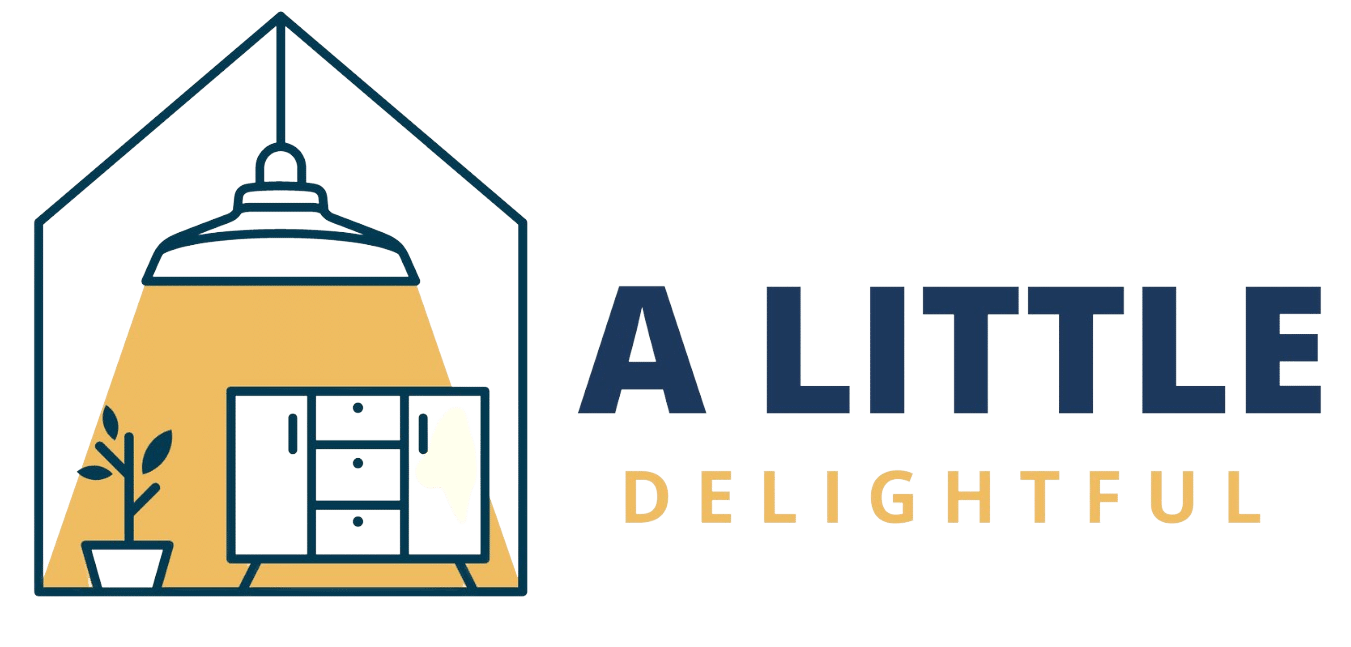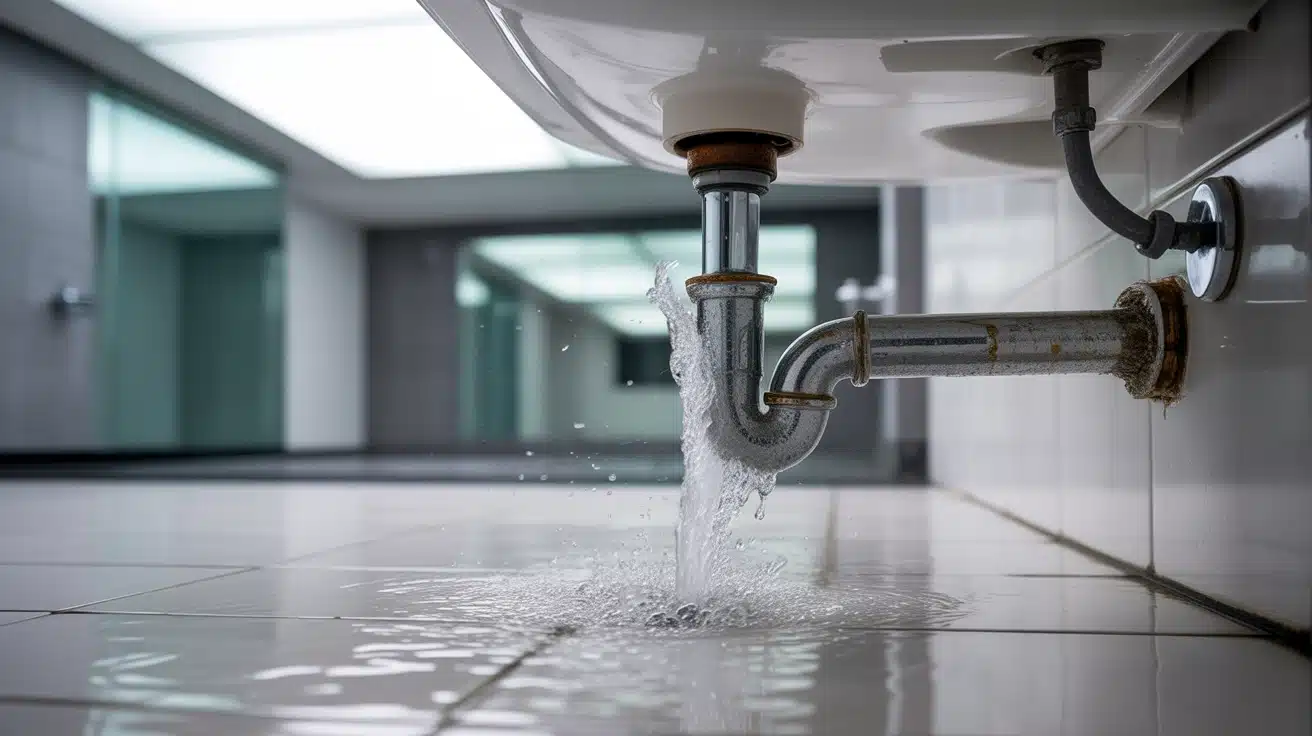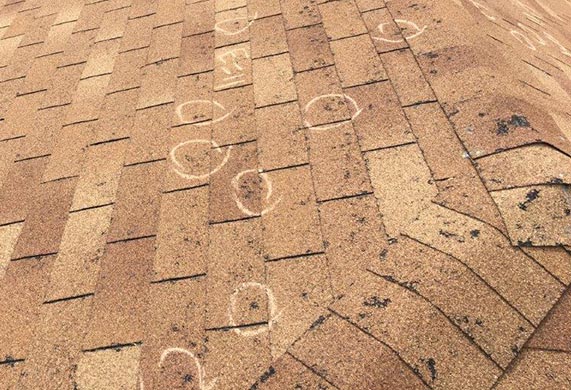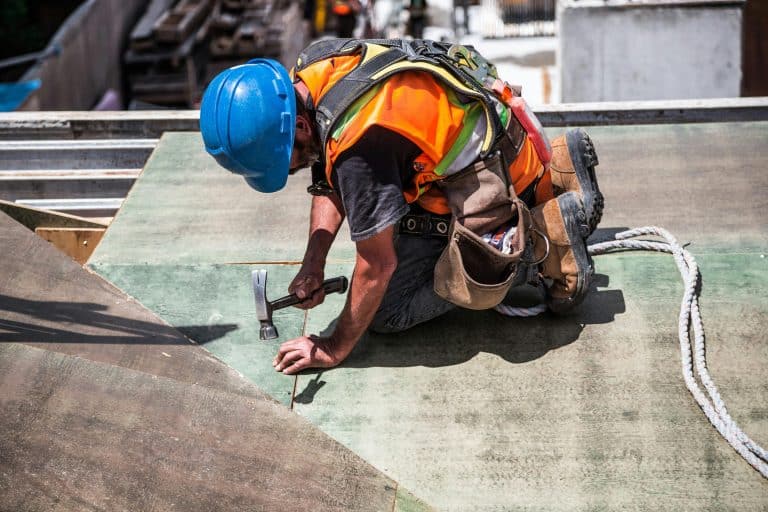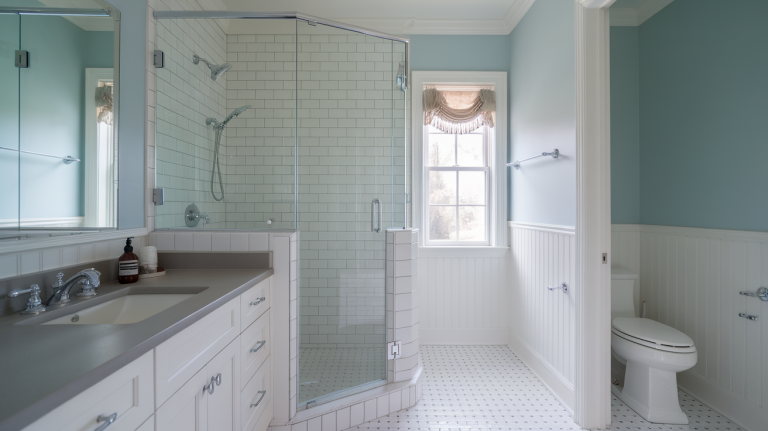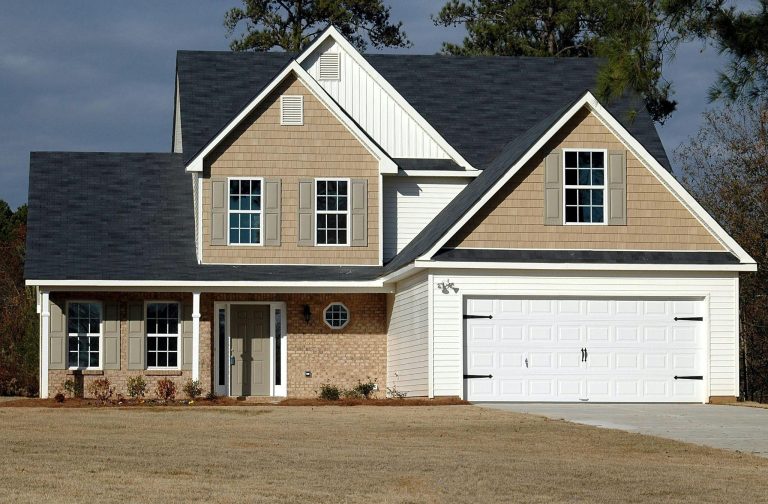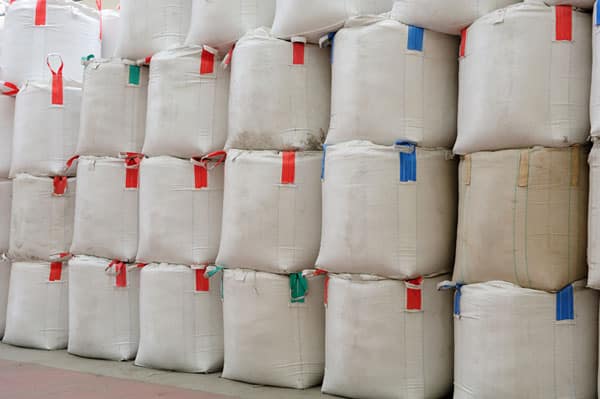Is a Water Leak an Emergency? Types You Shouldn’t Ignore
You spot a small puddle on the floor. Looks minor. You shrug and walk away. But that tiny leak isn’t just a minor inconvenience, it’s a red flag waving in your face. What starts as a slow drip can turn into warped cabinets, moldy walls, ruined floors, or even an electrical hazard if it reaches wires.
Water doesn’t wait. It spreads fast and silently destroys everything in its path. Not all leaks scream “emergency,” but some need urgent attention before they cost you thousands.
At Roscos Plumbing, we’ll tell you which leaks are truly emergencies and need immediate attention. Let’s break down the types of water leaks in home you should never ignore, what they can cause, and how to fix them, before it’s too late.
1. Burst Pipes
Do you think a burst pipe is a water leak emergency? The answer is yes, because it can flood your home in minutes.
Pipes can burst due to freezing temperatures, corrosion, or high pressure. The damage is instant, water gushes out, damaging walls, floors, and ceilings. If left unchecked, it can destroy furniture, short electrical outlets, and even weaken your home’s structure.
What to do: Shut off your main water valve immediately and call an emergency plumber. If water is near electrical sockets, turn off power to that area to avoid electrocution.
2. Ceiling or Wall Leaks – Silent But Destructive
Leaks from the ceiling or inside the walls are serious, they often indicate a hidden plumbing issue or roof damage.
This kind of leak might start with a discolored patch or soft spot, but it doesn’t take long for mold to grow, insulation to rot, and drywall to crumble. And once moisture spreads through your walls, repairs get pricey, fast.
What to do: Catch it early. If you see water stains or peeling paint, investigate immediately. Turn off nearby water sources and call us for a licensed plumber services or roofer, depending on the source.
3. Slab Leaks – The Hidden Destroyer
A slab leak is an emergency because it damages your home’s foundation from below.
These leaks happen under the concrete foundation and often go unnoticed. But over time, they can cause cracks in your floors, mold growth, sky-high water bills, and in worst cases, foundation failure.
What to do: Look out for warm floors, damp carpets, or unexplained water usage. Call a plumber with leak detection equipment, slab leaks require professional repair as soon as possible.
4. Water Heater Leaks – Risk of Flooding or Explosion
A leaking water heater may seem minor, but it can turn dangerous quickly.
Water around the base of your heater might mean internal tank failure or excess pressure, both of which can lead to a rupture or even explosion in rare cases. If it leaks near electrical components, it’s doubly dangerous.
What to do: Turn off the water supply and power (gas or electric) to the heater. Then call a plumber to assess whether it can be repaired or needs replacing.
5. Toilet Leaks – Some Are Emergencies, Some Can Wait
If your toilet is overflowing or leaking from the base, that’s an emergency plumbing situation for water leaks. Toilet leaks can be messy, unsanitary, and damaging—especially if waste water gets into your flooring or walls.
Even internal leaks (like a faulty flapper) waste hundreds of litres per week. Whether you’re dealing with a leak or planning an upgrade, knowing how to install a Mondella Concerto toilet can save time and prevent further issues.
What to do: For overflows, shut off the valve behind the toilet immediately. For internal leaks, replace the faulty parts or call a plumber if you’re unsure.
6. Under-Sink Leaks – Small, But Sneaky
Sink leaks often start small but can cause major issues over time.
A slow drip under the kitchen or bathroom sink might not seem urgent, but it can soak your cabinets, warp wood, and create the perfect environment for mold. Worse, it might go unnoticed until the damage is extensive.
What to do: Check under your sinks regularly. Tighten connections or replace worn seals. If the leak continues, call a plumber before your cabinet turns into mush.
7. Washing Machine Hose Leaks – Fast and Furious
Hose leaks behind your washer are more dangerous than they look.
Washing machine hoses are under pressure, and if they burst, you’ll have water shooting across your laundry room. It only takes a few minutes to flood the area.
What to do: Turn off the supply valves behind your washer. Replace old or bulging hoses with braided stainless steel versions, they last longer and are less likely to burst.
8. Outdoor Leaks – Not Always Visible, But Costly
Leaks from sprinkler systems or outdoor faucets can waste water and damage your property.
If left unchecked, outdoor leaks can create soggy patches in your yard, erode your home’s foundation, or cause water to pool near basement windows, leading to flooding.
What to do: Monitor your water bill for unexpected spikes. Check for soft spots in your yard. If you suspect a leak, have your irrigation system inspected.
How to Tell If It’s an Emergency
Here’s a quick way how to tell if water leak is serious:
- Water is spreading quickly.
- Leak is near electrical systems
- You can’t stop the flow
- Structural materials are getting wet
- It’s affecting multiple areas of your home
If you answer “yes” to any of these, treat it as an emergency and act fast.
Emergency Action Plan
When to call an emergency plumber? If you spot a serious water leak, the first step is to shut off the main water valve. Knowing its location ahead of time can save precious minutes in an emergency. If water is near electrical sources, turn off the power immediately to avoid any hazards.
Next, contain the leak as best as you can using towels, buckets, or a wet vac to minimize water damage. Don’t attempt to fix major leaks yourself, call a licensed plumber to handle the situation professionally and safely.
Final Thoughts
Leaks don’t fix themselves, they only get worse. Whether it’s a dripping faucet or a gushing pipe, ignoring water leaks is a gamble that could cost you thousands in repairs. Some leaks need emergency attention; others give you a little breathing room, but none should be ignored.
Understanding the difference between leakage and seepage can help you identify the severity of the issue. Stay leak-smart. Act early. Protect your home before a drip becomes a disaster.
